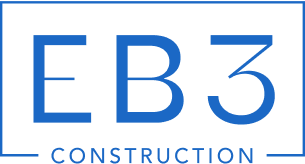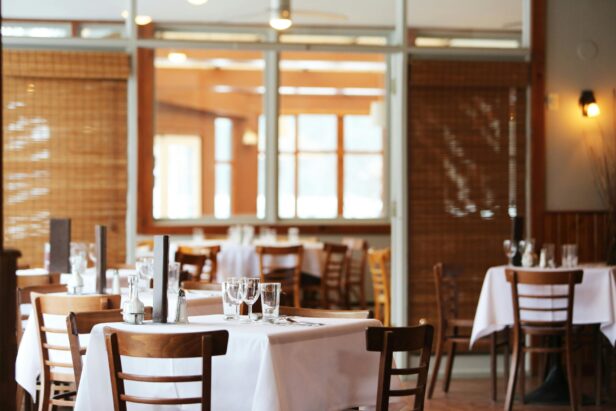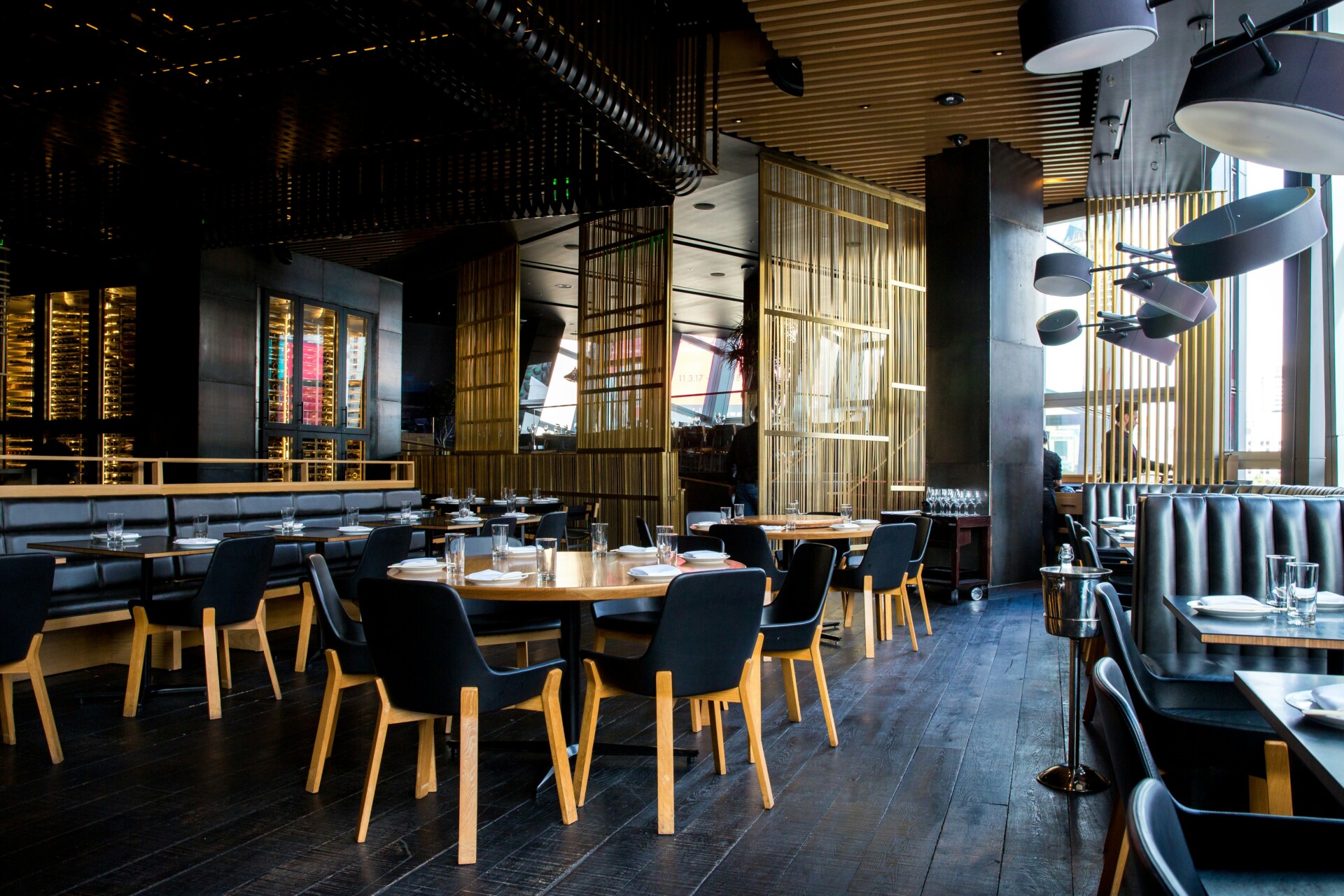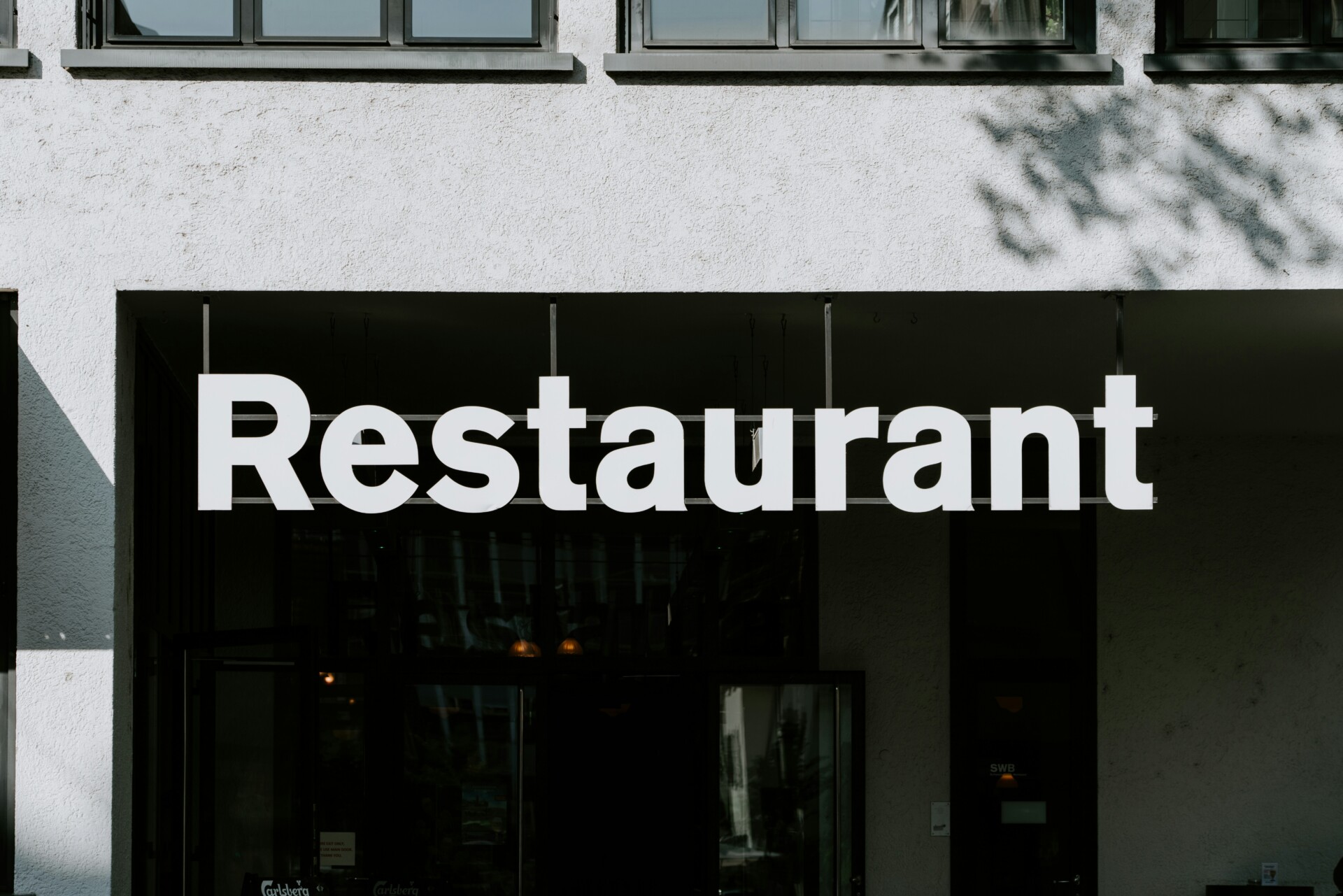Restaurant renovations can boost sales by up to 20%, but they also present significant challenges. At EB3 Construction, we understand that updating a restaurant’s appearance and functionality is no small task. As general contractors, we have guided many restaurateurs through the process of reimagining their spaces.
A successful renovation impacts every aspect of the dining experience. We redesign dining areas to optimize flow and ambiance, upgrade kitchen equipment to enhance efficiency and food quality, and integrate modern technologies to improve operations and customer convenience. The goal? To attract new patrons while delighting loyal regulars.
However, a renovation is more than just a visual update. It’s a complex endeavor requiring careful planning and execution. Owners must navigate design decisions, budget constraints, and operational disruptions. We’ve seen how poor preparation can derail even the most promising projects. That’s why we emphasize a strategic approach tailored to each restaurant’s specific needs and challenges.
This article will explore the key obstacles restaurateurs face during renovations. More importantly, we’ll share proven strategies for overcoming these challenges.
How Do You Plan a Budget That Accommodates Unexpected Costs?

Creating a realistic budget is critical for restaurant renovations. At EB3 Construction, we recommend allocating 10-20% of your annual revenue for major renovations, plus an additional 10-15% contingency fund for unexpected expenses. This buffer is essential, as many renovations often exceed initial estimates.
Hidden issues frequently drive up costs during restaurant remodels. Common culprits include:
- Discovering mold or water damage
- Outdated electrical wiring requiring upgrades
- Structural problems uncovered during demolition
- Code compliance challenges, especially in older buildings
To create a comprehensive budget, break down expenses into specific categories:
- Design and architectural fees
- Construction and labor costs
- Permits and inspections
- Kitchen equipment and furnishings
- Technology systems like POS and security
- Marketing for reopening
Prioritize spending on elements that directly impact the customer experience, such as seating, lighting, and kitchen efficiency. These investments often provide the best return.
When estimating costs, we recommend getting multiple bids from contractors and suppliers. This approach helps ensure competitive pricing and gives you a more accurate picture of expenses. Review estimates carefully and ask questions about any unclear items.
Careful financial planning and building in contingencies will help keep your renovation on track, even when unexpected issues arise. With a solid budget framework in place, you’re better equipped to make informed decisions throughout the remodeling process.
How Can You Minimize Business Disruption During Renovation?
Renovating a restaurant while maintaining operations requires a delicate balance. As general contractors, we have developed strategies to help restaurants minimize downtime and revenue loss during construction. Here are some key approaches we recommend:
Schedule Work Strategically
We coordinate renovations during slower business periods to lessen the impact on sales. For many restaurants, this means scheduling major work in January and February after the holiday rush. We analyze each client’s sales data to identify their specific low seasons and plan accordingly.
Implement a Phased Approach
Rather than shutting down completely, we often use a phased renovation plan. This allows sections of the restaurant to remain open while others are under construction. For example, we may renovate the bar area first while keeping the main dining room operational, then swap once the bar is complete. Although this approach requires careful planning, it can significantly reduce lost revenue.
Maintain Clear Communication
We emphasize the importance of keeping customers informed throughout the renovation process. This includes:
- Regular social media updates on progress
- Email newsletters explaining timelines and changes
- Visible signage at the restaurant detailing renovation plans
- Staff training on how to discuss the renovation with guests
Clear communication helps maintain customer relationships and build excitement for the refreshed space.
Control Dust and Debris
To keep operational areas clean and safe, we use robust containment methods:
- Installing temporary plastic barrier walls to seal off construction zones
- Using negative air machines and HEPA filters to control dust
- Implementing strict cleaning protocols for workers moving between areas
- Scheduling major dust-producing work during off-hours when possible
These measures help restaurants maintain health standards in spaces adjacent to construction.
Optimize After-Hours Work
We maximize progress during non-operational hours to minimize daytime disruptions. This often involves scheduling louder or more disruptive tasks for overnight shifts. While this can increase labor costs, it significantly reduces impact on the guest experience.
By applying these strategies, we have helped numerous restaurants successfully manage renovations with minimal business disruption. The key is careful planning, clear communication, and a flexible approach tailored to each restaurant’s unique needs and operational patterns.
| Strategy | Description |
| Detailed Pre-Construction Planning | Plan ahead to determine the impact on business areas and form a timeline to mitigate disruptions. |
| Phased Renovation Approach | Renovate in phases to keep parts of the business operating and minimize revenue loss. |
| Off-Hours Construction | Schedule construction during non-peak hours to reduce impact on business operations. |
| Clear Communication | Maintain regular updates to communicate with employees and customers about renovation impacts. |
| Temporary Solutions for Business Continuity | Create temporary spaces or shift to remote work to maintain operations during renovations. |
What Layout and Design Challenges Should You Anticipate?
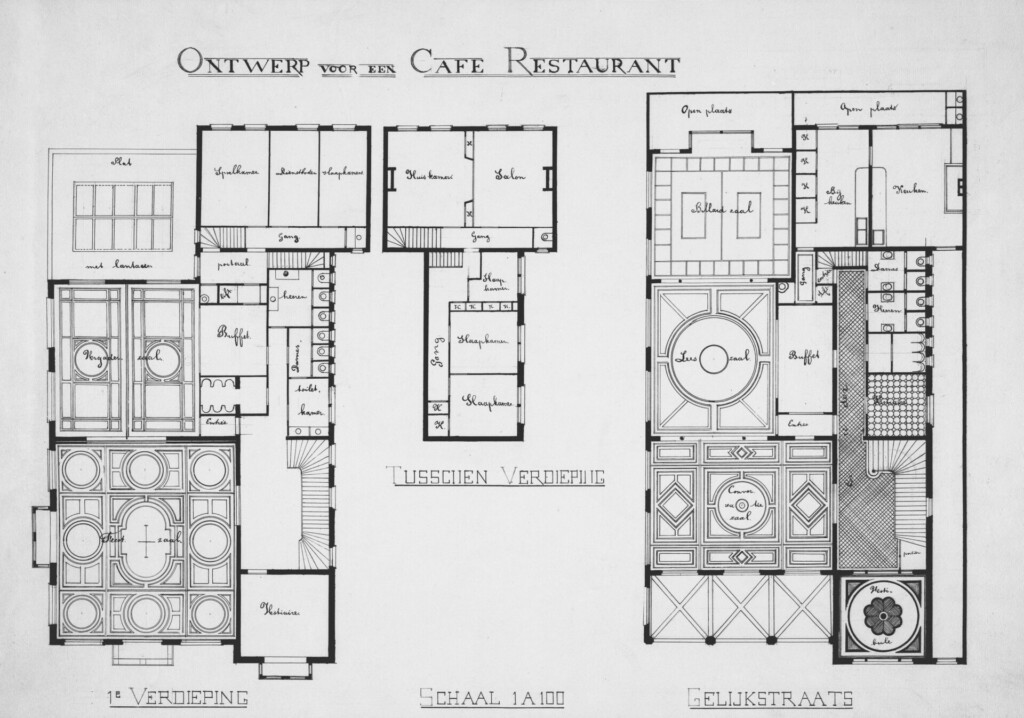
In restaurant design, layout is crucial—it directly impacts the customer experience and our staff’s efficiency. As we plan renovations or new builds, we need to address several common layout challenges:
Crowded Waiting Areas
Nothing frustrates guests more than an overcrowded, chaotic entrance. We ensure there is ample space near the host stand, with clear pathways to both the dining room and bar. This allows for smooth guest flow even during peak times.
Staff Route Bottlenecks
Servers need clear paths between the kitchen, dining areas, and POS stations. We carefully map traffic patterns to eliminate choke points that could slow service. Placing the kitchen centrally and ensuring wide aisles helps staff move efficiently.
Confusing Entrance Placement
The entrance sets the tone for the entire dining experience. We position it prominently, with clear sightlines to the host stand and an intuitive flow into the restaurant. Proper signage and lighting guide guests naturally from the moment they arrive.
Poorly Positioned Kitchens
The kitchen is the heart of any restaurant. We strategically place it to minimize travel distances for servers while keeping noise and heat away from diners. An open kitchen concept can add energy to the dining room but requires careful planning for ventilation and sightlines.
Balancing Form and Function
While trendy design elements catch the eye, we focus on creating a timeless aesthetic that will remain fresh over time. Durable materials, classic color palettes, and flexible seating arrangements allow the space to evolve. We incorporate eye-catching focal points but ensure the overall layout prioritizes functionality.
Optimizing Kitchen Workflow
A well-designed kitchen is crucial for efficient operations. We carefully consider the menu and anticipated volume to determine optimal equipment placement and prep stations. Creating distinct zones for different tasks—like a dedicated plating area near the pass—helps kitchen staff work seamlessly during busy services.
By thoughtfully addressing these layout challenges, we create restaurant spaces that delight guests while empowering our staff to provide exceptional service. The result is an environment where both customers and employees can thrive.
| Consideration | Description |
| Crowded Waiting Areas | Ensure ample space near the host stand with clear pathways to the dining room and bar areas to promote smooth guest flow during peak times. |
| Staff Route Bottlenecks | Servers need clear paths between the kitchen, dining areas, and POS stations. Place the kitchen centrally and ensure wide aisles to enhance staff efficiency. |
| Confusing Entrance Placement | Position entrance prominently with clear sightlines to the host stand and intuitive flow into the restaurant for a positive guest experience. |
| Poorly Positioned Kitchens | Place the kitchen strategically to minimize server travel distance, while managing noise and heat away from diners. Consider open kitchen concepts carefully. |
| Balancing Form and Function | Use durable materials and classic designs that remain fresh over time, with eye-catching features that maintain high functionality. |
| Optimizing Kitchen Workflow | Configure kitchens to suit menu and volume, with distinct zones for tasks to ensure smooth operations during busy periods. |
What Permit and Compliance Issues Must You Navigate?
Addressing permits and compliance requirements is essential for any restaurant renovation project. As the general contractor in charge, we are responsible for obtaining all necessary approvals to keep the project on schedule. Here is an overview of the key issues we tackle:
Building Permits
We begin by acquiring the required building permits from local authorities. This usually involves submitting detailed plans and specifications for review. The approval process can take several weeks, so we start this early to prevent delays. Common permits needed include:
- General building permit
- Electrical permit
- Plumbing permit
- Mechanical/HVAC permit
Health Department Approvals
Restaurant renovations require close cooperation with the health department to ensure all food safety standards are met. We collaborate with health inspectors to address:
- Kitchen layout and equipment specifications
- Food storage areas
- Washroom facilities
- Ventilation systems
Fire Safety Compliance
Fire safety is crucial in restaurant construction. We organize inspections with the fire marshal and implement required safety measures like:
- Fire suppression systems in cooking areas
- Proper placement of fire extinguishers
- Emergency lighting and exit signage
- Flame-retardant materials and finishes
ADA Accessibility Requirements
For older buildings, renovations often necessitate enhanced accessibility. We assess the property and incorporate ADA-compliant features such as:
- Wheelchair ramps and lifts
- Accessible restroom facilities
- Proper aisle widths and turning radiuses
- Compliant counter heights and reach ranges
Zoning and Signage Regulations
At EB3 Construction, we review local zoning ordinances to ensure the renovation plans align with allowed uses, setbacks, and parking requirements. If exterior changes are planned, we also handle signage permits and any historic district guidelines that may apply.
Navigating this complex regulatory landscape requires experience and attention to detail. Our team stays up-to-date on the latest codes and maintains strong relationships with local officials to facilitate smooth approvals. We manage all permit applications and inspections, allowing you to focus on the creative aspects of your restaurant concept.
By proactively addressing compliance issues, we help avoid costly penalties or last-minute changes that could delay your opening. Our goal is to deliver a fully compliant, safe, and beautifully renovated space ready to welcome guests.
Conclusion: Overcoming Restaurant Renovation Challenges
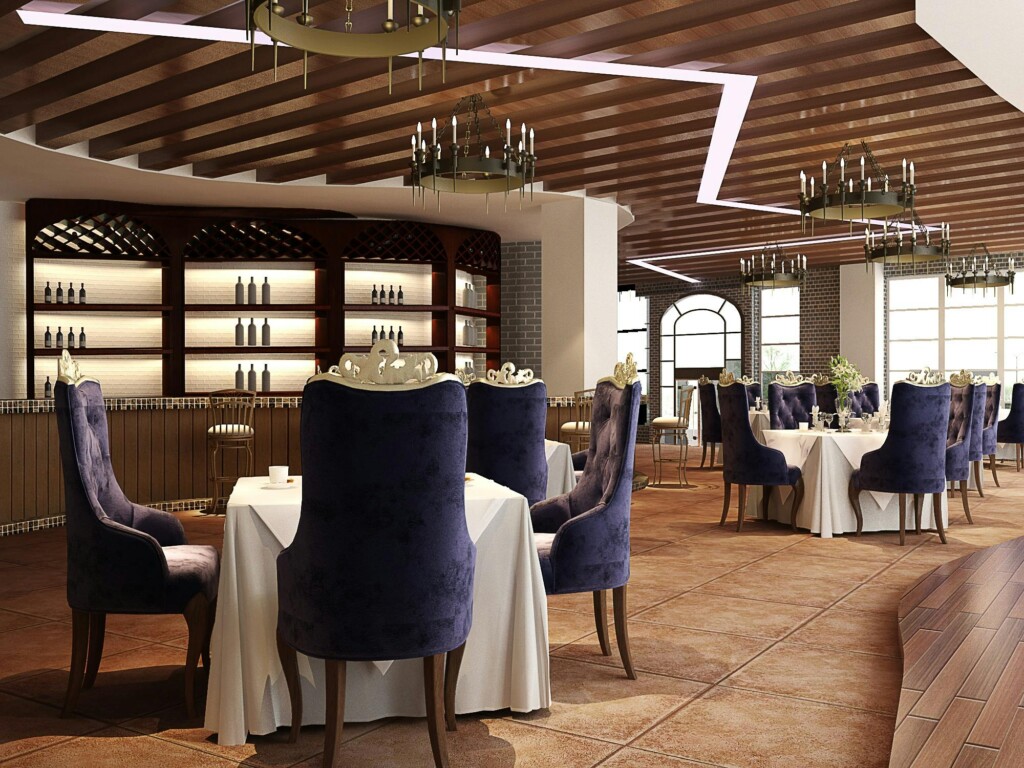
Successfully addressing restaurant renovation challenges requires thorough planning, realistic budgeting, and strategic execution. By setting clear renovation goals, consulting experienced professionals, prioritizing necessary fixes, and minimizing operational disruptions, we can transform restaurant spaces to meet modern customer expectations and enhance overall dining experiences.
Our approach focuses on balancing aesthetics with functionality. We carefully assess the unique needs of each project, whether refreshing a dining room, upgrading kitchen equipment, or optimizing layouts for improved flow. Working closely with restaurant owners, we develop tailored solutions that align with their vision while addressing practical concerns.
Testing the renovated space with a soft opening before a full launch is a crucial step we recommend. This allows us to identify any remaining issues and make final adjustments. With proper preparation and execution, renovations can significantly improve customer satisfaction, operational efficiency, and ultimately, business performance.
While renovations present challenges, they also offer exciting opportunities to revitalize your restaurant. The key is to approach the process systematically and partner with experienced professionals. If you’re considering a restaurant renovation, we encourage you to take that first step. Contact our team at EB3 Construction to discuss how we can help bring your renovation vision to life.
